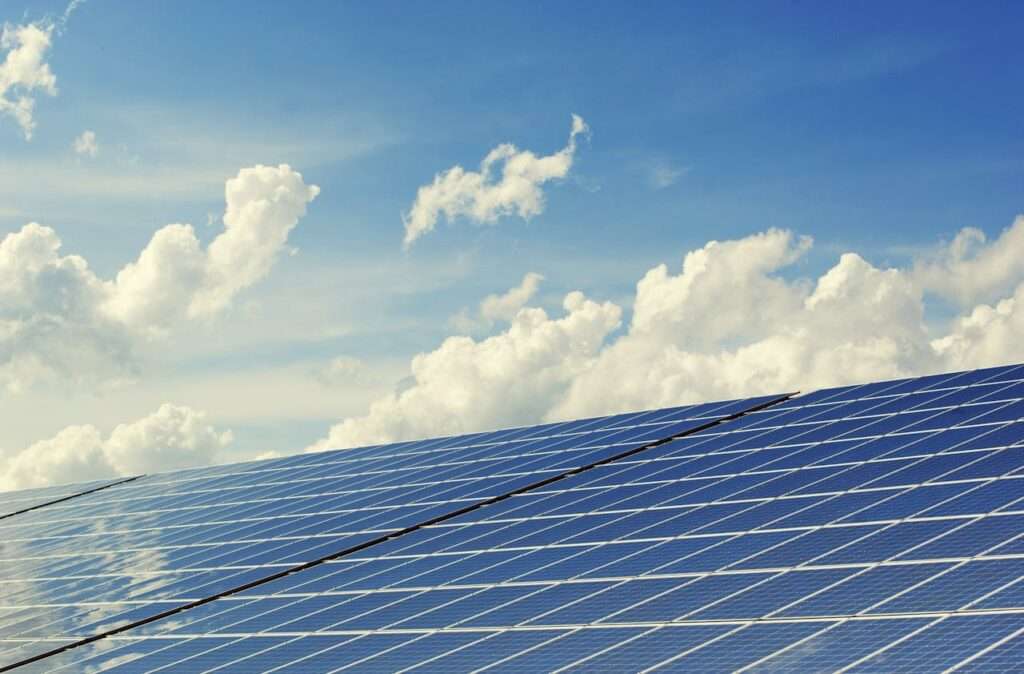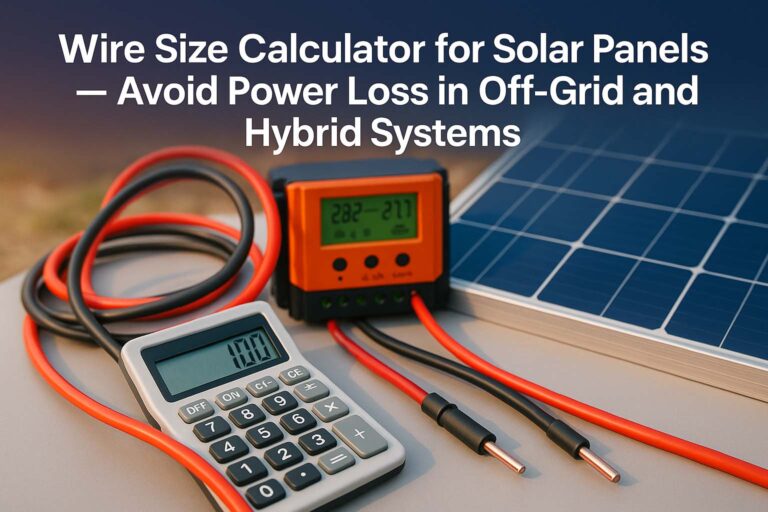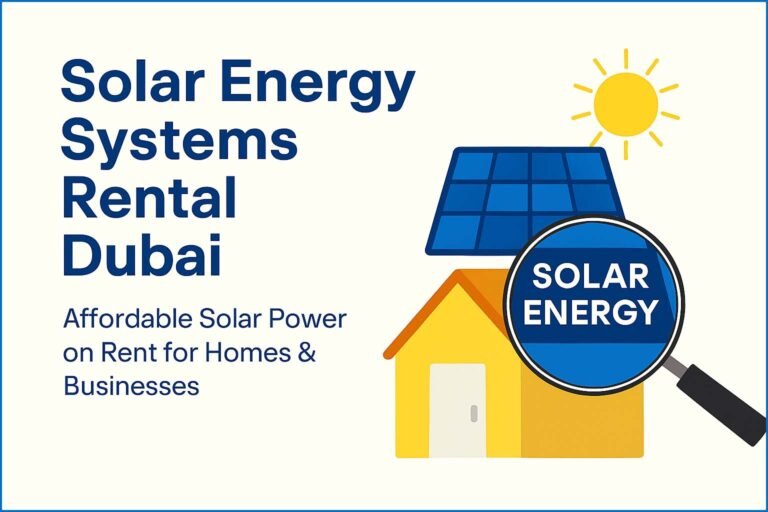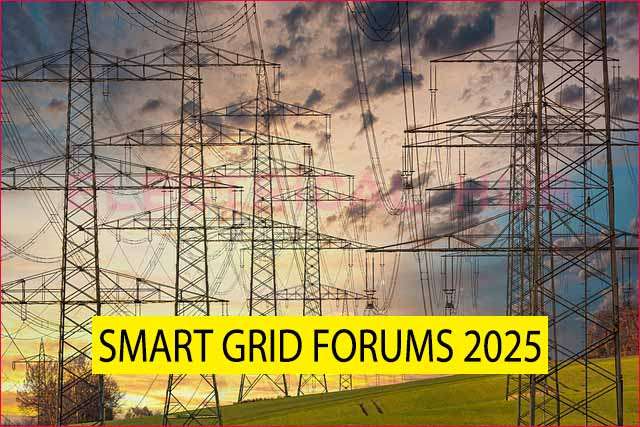Loans for Solar Panels California
Switching to solar energy is a smart move for both your wallet and the planet. In California, where sunshine is abundant, solar power adoption continues to rise. However, installing a solar system can be expensive. That’s why loans for solar panels California are becoming more popular. These loans help homeowners and businesses go solar without paying the full cost upfront. In this article, we’ll break down how these loans work, the types available, eligibility, and technical considerations. You’ll also find out how to choose the best financing option for your needs.

Understanding Loans for Solar Panels California
Installing solar panels typically costs between $15,000 to $30,000 depending on your system size and energy usage. That’s a significant investment for most households. Loans for solar panels California make it easier to manage these costs. Instead of paying everything upfront, you can spread payments over several years. This can make solar energy accessible even if you don’t have cash on hand.
There are several types of solar loans available. Some are secured loans backed by your home, while others are unsecured. Terms can vary from 5 to 25 years. The goal is to help you save on energy while paying less each month than you would for electricity.
Types of Loans for Solar Panels California
Different lenders offer different loan types. Each type suits different financial situations. Here’s a comparison of the most common ones.
| Loan Type | Secured/Unsecured | Term Length | Typical Interest Rate | Key Features |
|---|---|---|---|---|
| Home Equity Loan | Secured | 10–20 years | 4%–8% | Lower rates, tax-deductible interest |
| Personal Loan | Unsecured | 5–15 years | 6%–12% | Faster approval, no collateral |
| PACE Loan | Secured (Property) | 10–25 years | 5%–9% | Tied to property tax, transferable |
| Solar Installer Loan | Varies | 10–20 years | 5%–10% | Offered by installers directly |
| Credit Union Loan | Unsecured | 7–15 years | 4%–9% | Lower fees, community-focused |
Each loan type has pros and cons. For instance, home equity loans often offer lower rates but require good credit and equity. Personal loans may have higher rates but faster approval. PACE loans (Property Assessed Clean Energy) are unique to states like California and are repaid through property taxes.
Eligibility for Loans for Solar Panels California
To qualify for loans for solar panels California, lenders check a few things. Your credit score is important. Most lenders prefer a score above 650. A higher score often means better rates. Your income, existing debts, and homeownership status also matter.
Some loans like PACE are more flexible. They focus on your home’s equity and tax payment history. This makes them accessible to more people, especially those with moderate credit scores.
Interest Rates and Repayment Terms
Interest rates for solar loans in California can range widely. Secured loans usually offer lower interest, often below 6%. Unsecured loans may have rates from 6% to 12% or more. Loan terms usually range from 5 to 25 years. A longer term means lower monthly payments, but you might pay more in total interest.
To understand your financial commitment better, consider this example.
| Loan Amount | Term | Interest Rate | Monthly Payment | Total Payment |
|---|---|---|---|---|
| $20,000 | 10 years | 6% | $222 | $26,640 |
| $20,000 | 15 years | 8% | $191 | $34,380 |
Always read the fine print. Some loans have prepayment penalties or origination fees. Ask the lender about these before signing anything.
Technical Considerations for Solar Loans
Before applying for loans for solar panels California, you should evaluate your technical needs. The size of your solar system affects the loan amount. Residential systems usually range from 3 kW to 10 kW. Larger homes or those with electric vehicles may need more.
Consider your average electricity usage. A 5 kW system can offset about 400–850 kWh per month depending on your location. The solar production should match your energy demand to maximize return on investment.
Also factor in battery storage. Adding batteries increases your upfront cost but provides energy backup. Some loan providers finance storage systems as part of your solar package.
Incentives That Reduce Loan Burden
California offers several incentives that lower your solar panel loan burden. The Federal Investment Tax Credit (ITC) allows you to claim 30% of the installation cost as a tax credit. This applies whether you buy the system outright or finance it with a loan.
In addition, California has programs like Self-Generation Incentive Program (SGIP). This offers rebates for installing battery storage. Some local utilities also provide cash rebates and net metering.
These incentives reduce the effective cost of your system. This means you can borrow less or pay your loan off faster.
Choosing the Right Solar Loan Provider
When evaluating loans for solar panels California, it’s essential to choose the right lender. Here are some things to look for:
- Experience in renewable energy financing
- Transparent loan terms
- No hidden fees or penalties
- Flexibility in repayment options
- Fast application and approval process
Local credit unions often provide better terms than large banks. Solar installers sometimes partner with financing companies and offer bundled loans. These may be more convenient but compare them carefully against independent lenders.
Loan vs Lease vs Power Purchase Agreement
Solar loans are not the only financing option. You can also lease a system or sign a Power Purchase Agreement (PPA). Here’s how they compare.
| Feature | Loan | Lease | PPA |
|---|---|---|---|
| Ownership | You | Installer | Installer |
| Upfront Cost | Low or None | Low or None | Low or None |
| Tax Incentives | You get them | Installer gets them | Installer gets them |
| Monthly Payment | Fixed loan payment | Lease payment | Per kWh electricity usage |
| Maintenance | You or installer | Installer | Installer |
Loans give you ownership and let you claim tax incentives. Leases and PPAs are good if you want solar benefits without long-term financial commitment. However, they may reduce your home resale value since the system is not yours.
What to Ask Before Signing a Loan
Before signing for loans for solar panels California, ask these questions:
- What is the total cost over the loan term?
- Is the interest rate fixed or variable?
- Can I pay off the loan early without penalty?
- Are there maintenance costs included?
- What happens if I sell my home?
Getting clear answers helps avoid surprises. Some loans are transferable to new homeowners. Others require full repayment before home sale.
Conclusion on Loans for Solar Panels California
Solar energy is the future, and California is leading the way. But making the switch requires financial planning. Loans for solar panels California make it possible for more people to go solar without breaking the bank.
With multiple loan options, flexible terms, and helpful state incentives, you can reduce energy costs and environmental impact at the same time. Choose a financing option that suits your needs and energy goals. Consult with a trusted installer and lender to get the best deal.
By taking the time to compare and understand your loan choices, you can enjoy clean energy and real savings for years to come.
Follow Us on Social:
Subscribe our Newsletter on Electrical Insights to get the latest updates in Electrical Engineering.
#SolarLoansCalifornia, #SolarFinancing, #GoSolarCA, #CaliforniaSolar, #GreenEnergyLoans, #SolarPowerLoans, #CleanEnergyCalifornia, #HomeSolarLoans, #SolarIncentivesCA, #SolarSavings, #SustainableEnergy, #RenewableEnergyLoans, #SolarPanelFinancing, #EnergyEfficiencyLoans, #SolarLoanPrograms




